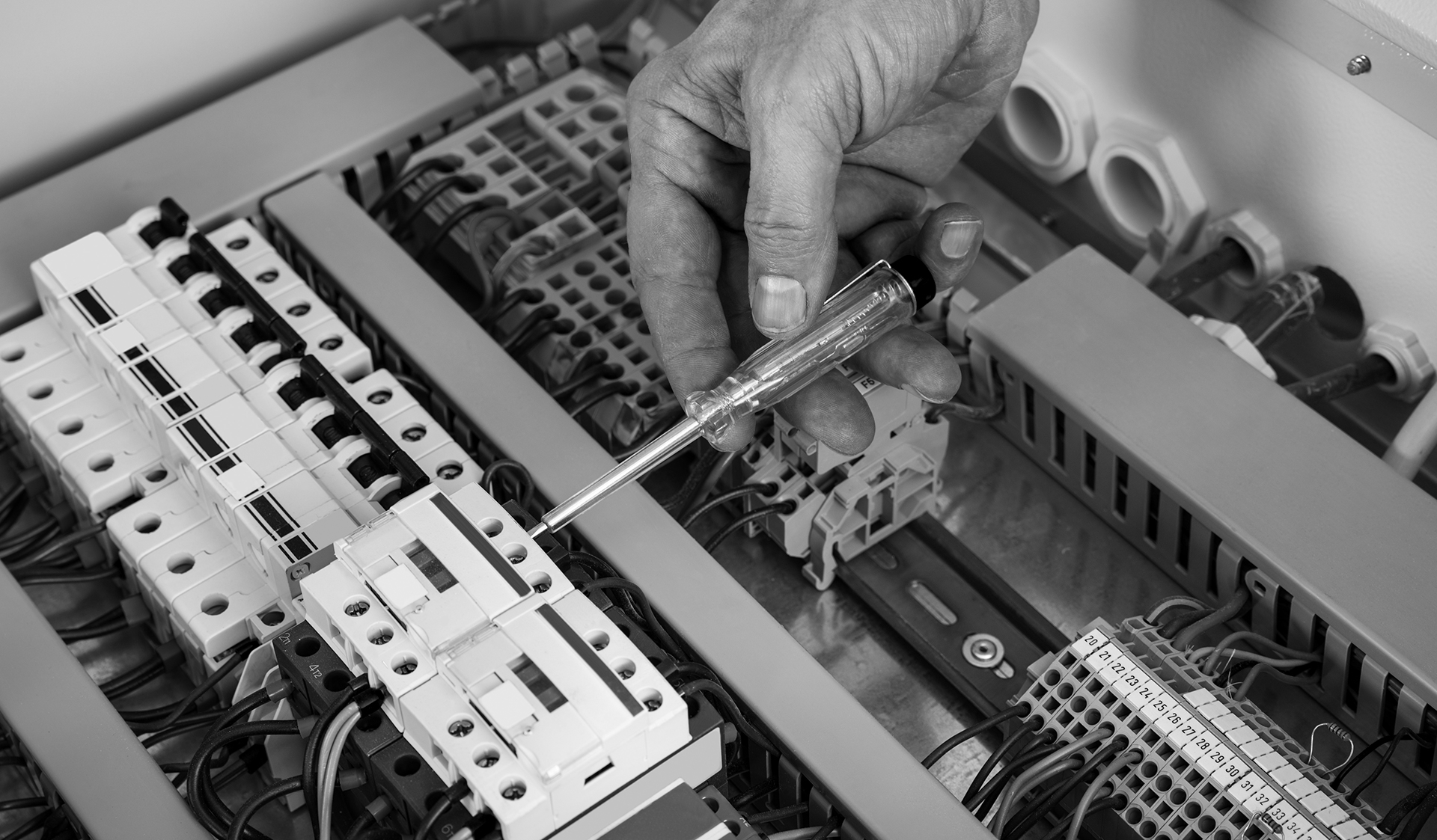ELECTRIC DEVICE
We design and manufacture Electric Devices(電裝, devices powered by electricity).
An electric musical instrument is one in which the use of electric devices determines or affects the sound produced by an instrument.
An electrical cable is an assembly of one or more wires running side by side or bundled, which is used to carry electric current.
Electric musical instruments are an example of electric music technology. It is also known as an amplified musical instrument due to the common utilization of an electronic instrument amplifier to project the intended sound as determined by electric signals from the instrument. Two common types of instrument amplifiers are the guitar amplifier and the bass amplifier. This is not the same as an electronic musical instrument, like a synthesizer, which uses entirely electronic means to both create and control sound.

Most electric or amplified musical instruments are electric versions of chordophones (including pianos, guitars and violins). Some of the most commonly used electric instruments are electric guitar, electric bass and electric piano. Other electric instruments include the varitone, an amplified saxophone (part of the aerophone family) that was first introduced by The Selmer Company in 1965; and the Hammond organ which uses tonewheels to generate electric sound.
Cables and electromagnetic fields
Any current-carrying conductor, including a cable, radiates an electromagnetic field. Likewise, any conductor or cable will pick up energy from any existing electromagnetic field around it. These effects are often undesirable, in the first case amounting to unwanted transmission of energy which may adversely affect nearby equipment or other parts of the same piece of equipment; and in the second case, unwanted pickup of noise which may mask the desired signal being carried by the cable, or, if the cable is carrying power supply or control voltages, pollute them to such an extent as to cause equipment malfunction.
The first solution to these problems is to keep cable lengths in buildings short, since pick up and transmission are essentially proportional to the length of the cable. The second solution is to route cables away from trouble. Beyond this, there are particular cable designs that minimize electromagnetic pickup and transmission. Three of the principal design techniques are shielding, coaxial geometry, and twisted-pair geometry.
Shielding makes use of the electrical principle of the Faraday cage. The cable is encased for its entire length in foil or wire mesh. All wires running inside this shielding layer will be to a large extent decoupled from external electrical fields, particularly if the shield is connected to a point of constant voltage, such as earth or ground. Simple shielding of this type is not greatly effective against low-frequency magnetic fields, however - such as magnetic "hum" from a nearby power transformer. A grounded shield on cables operating at 2.5 kV or more gathers leakage current and capacitive current, protecting people from electric shock and equalizing stress on the cable insulation.
Coaxial design helps to further reduce low-frequency magnetic transmission and pickup. In this design the foil or mesh shield has a circular cross section and the inner conductor is exactly at its center. This causes the voltages induced by a magnetic field between the shield and the core conductor to consist of two nearly equal magnitudes which cancel each other.
A twisted pair has two wires of a cable twisted around each other. This can be demonstrated by putting one end of a pair of wires in a hand drill and turning while maintaining moderate tension on the line. Where the interfering signal has a wavelength that is long compared to the pitch of the twisted pair, alternate lengths of wires develop opposing voltages, tending to cancel the effect of the interference.
